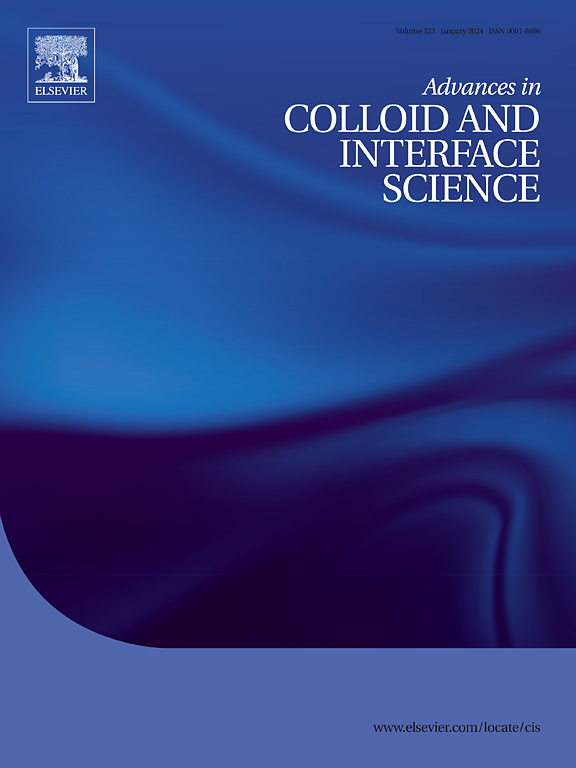Metal-chelated polydopamine nanomaterials: Nanoarchitectonics and applications in biomedicine, catalysis, and energy storage
IF 15.9
1区 化学
Q1 CHEMISTRY, PHYSICAL
引用次数: 0
Abstract
Polydopamine (PDA)-based materials inspired by the adhesive proteins of mussels have attracted increasing attention owing to the universal adhesiveness, antioxidant activity, fluorescence quenching ability, excellent biocompatibility, and especially photothermal conversion capability. The high binding ability of PDA to a variety of metal ions offers a paradigm for the exploration of metal-chelated polydopamine nanomaterials with fantastic properties and functions. This review systematically summarizes the latest progress of metal-chelated polydopamine nanomaterials for the applications in biomedicine, catalysis, and energy storage. Different fabrication strategies for metal-chelated polydopamine nanomaterials with various composition, structure, size, and surface chemistry, such as the pre-functionalization method, the one-pot co-assembly method, and the post-modification method, are summarized. Furthermore, emerging applications of metal-chelated polydopamine nanomaterials in the fields ranging from cancer therapy, theranostics, antibacterial, catalysis to energy storage are highlighted. Additionally, the critical remaining challenges and future directions of this area are discussed to promote the further development and practical applications of PDA-based materials.

金属螯合多巴胺纳米材料:纳米结构及其在生物医学、催化和储能领域的应用。
受贻贝粘合蛋白的启发,以聚多巴胺(PDA)为基础的材料因其普遍的粘合性、抗氧化活性、荧光淬灭能力、优异的生物相容性,尤其是光热转换能力而受到越来越多的关注。PDA 与多种金属离子的高结合能力为探索具有奇妙特性和功能的金属螯合多巴胺纳米材料提供了范例。本综述系统地总结了金属螯合多巴胺纳米材料在生物医学、催化和储能领域应用的最新进展。综述了不同组成、结构、尺寸和表面化学性质的金属螯合多巴胺纳米材料的不同制备策略,如预功能化法、一锅共组装法和后改性法。此外,还重点介绍了金属螯合多巴胺纳米材料在癌症治疗、治疗学、抗菌、催化和能量存储等领域的新兴应用。此外,还讨论了这一领域尚存的关键挑战和未来发展方向,以促进基于 PDA 的材料的进一步开发和实际应用。
本文章由计算机程序翻译,如有差异,请以英文原文为准。
求助全文
约1分钟内获得全文
求助全文
来源期刊
CiteScore
28.50
自引率
2.60%
发文量
175
审稿时长
31 days
期刊介绍:
"Advances in Colloid and Interface Science" is an international journal that focuses on experimental and theoretical developments in interfacial and colloidal phenomena. The journal covers a wide range of disciplines including biology, chemistry, physics, and technology.
The journal accepts review articles on any topic within the scope of colloid and interface science. These articles should provide an in-depth analysis of the subject matter, offering a critical review of the current state of the field. The author's informed opinion on the topic should also be included. The manuscript should compare and contrast ideas found in the reviewed literature and address the limitations of these ideas.
Typically, the articles published in this journal are written by recognized experts in the field.

 求助内容:
求助内容: 应助结果提醒方式:
应助结果提醒方式:


